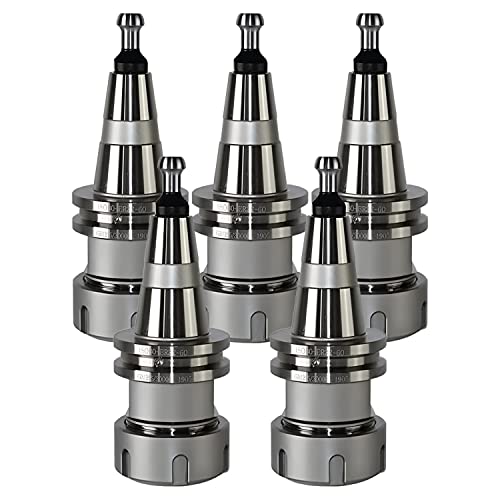This is an interesting thread, I too have been down the "convert a drilling machine" route. At the time I was strapped for space and wanted to utilise the carriage and crosslide of my Myford Super 7.
I rebuilt the spindle of the drill with a large tapered nose bearing and a 2 MT Myford nose. I added a fine feed worm and gear and a simple disengaging mechanism to enable the retention of the drilling facility.
This was bolted to the Myford bed with a homemade column base which seemed very rigid.
With a quill lock and the use of my Myford split collets I was able to achieve a reasonably tight and accurate milling system, but still had to be careful not to try to take too deep a cut.
I have now moved on to a small Warco WM 14 mill which seems to do all I need and the converted drilling head has reverted to a drilling machine which is nice and tight. The Myford mountings are retained just in case I ever need them again.
I note that the "Cheap Chinese" drilling machines available today don't have cast tables and bases, just pressed items, perhaps these don't make for as robust a set up as before. Buyer beware!!
My time in semi-retirement is now taken up with small steam engine building and the restoration of my 5 inch gauge Tich.
Hope the pics tell their own story.
Happy Days!!























![DreamPlan Home Design and Landscaping Software Free for Windows [PC Download]](https://m.media-amazon.com/images/I/51kvZH2dVLL._SL500_.jpg)






![TurboCAD 2020 Designer [PC Download]](https://m.media-amazon.com/images/I/51UKfAHH1LL._SL500_.jpg)












































